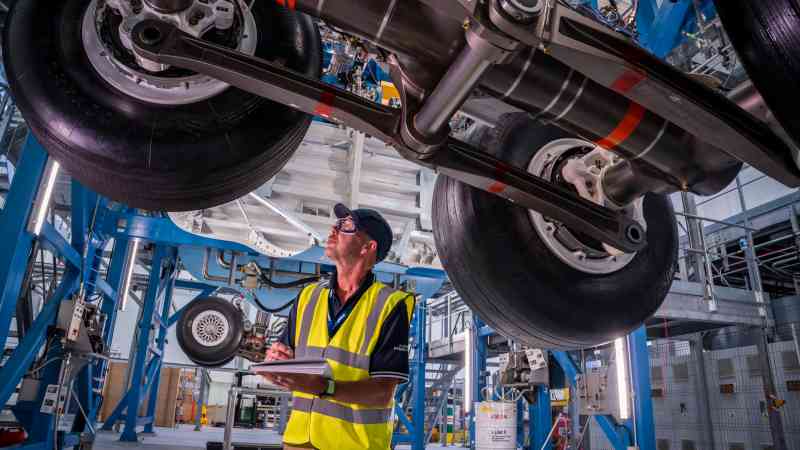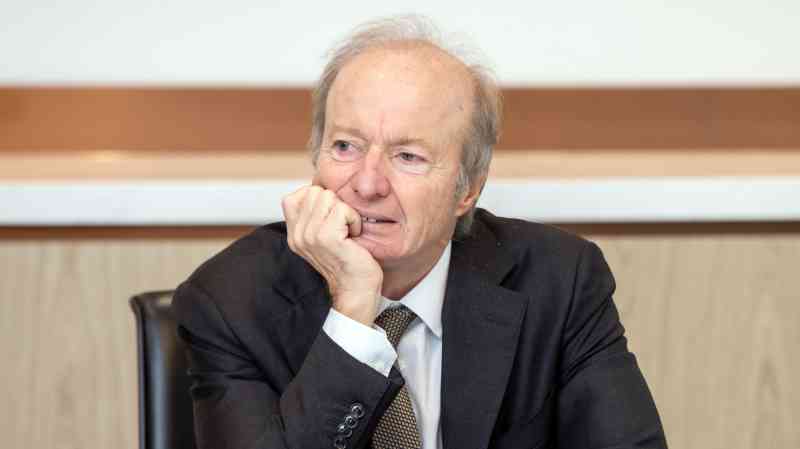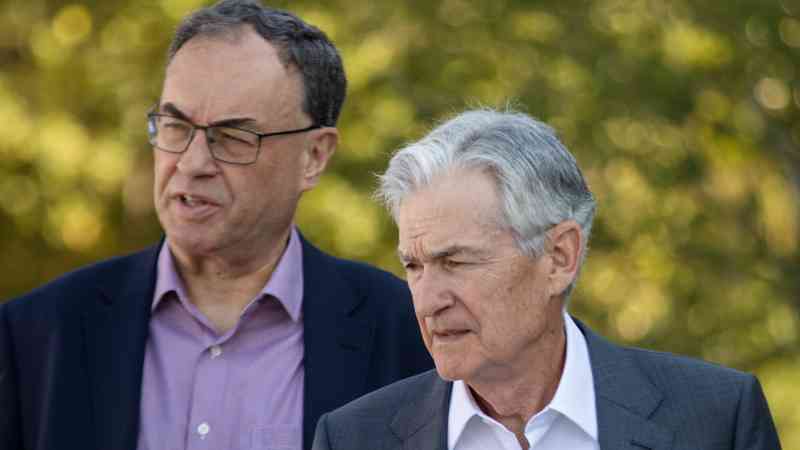Faith in Aviva model can reap dividends
Aviva is one of the oldest companies listed in London, with origins that can be traced back to the 17th century. It is now the largest life insurer in Britain, holding a 23 per cent share of the market, and has more than 11 million customers with some form of insurance, wealth or retirement policy in place.
But the biggest attraction for stockpickers is its chunky 7 per cent dividend yield. So the big question is: how long can they rely on Aviva for income?
Aviva, which was created through the merger of Norwich Union and CGU in 2000, has long been a market favourite, in no small part for its dividend policy. But when Dame Amanda Blanc took over as chief executive in 2020 investors had become frustrated with its meagre share price performance: from 2010 to 2020 it delivered a total return — which combines dividends and share price appreciation — of 85 per cent, compared with 113 per cent from the entire FTSE 100.
Blanc has spent the past few years overhauling the group’s business model. Since 2021 it has pulled out of markets including Italy, Vietnam, France, Turkey and Poland, as well as a joint venture in Singapore, which together raised more than £8 billion in proceeds, most of which has been returned to shareholders via dividends or buybacks. Now the group operates mostly in the UK and Ireland, on top of its business in Canada where it has about 8 per cent of the market share in property and casualty insurance.
Aviva is split into three divisions: retirement, health and insurance. It makes most of its profits from its retirement products, such as annuities. Aviva’s huge scale also means it is able to cross-sell to its customers — just under five million customers have two or more Aviva policies, and four in ten new sales are to existing customers across both individuals and corporations.
The dividend lure
Aviva is one of the most popular income stocks in London, with a 7.2 per cent yield over the past 12 months that puts it close to the top of the FTSE 100. Companies in London’s benchmark index together yield 4.4 per cent.
Its dividend cover — earnings per share relative to its dividend per share — has slipped in recent years owing to some wobbles in earnings per share, although it still remains above a multiple of 1.But the group is able to generate income from its investment portfolios of bonds and mortgages, which have benefited from higher interest rates and bolstered its capital buffers. Its Solvency II ratio, the key gauge of an insurer’s balance sheet, stood at 205 per cent as of the end of June, significantly beyond the golden 180 per cent threshold that signals excess capital.
Meanwhile, its return on equity, which measures how efficiently it has been using its financial resources to generate a return for shareholders, has also been improving — ending the first half of the year at 12.4 per cent, up from 11.5 per cent 12 months earlier.
Aviva’s aim to increase its dividend each year by mid to single digits is supported byBlanc’s next stage of the group’s revival: pursuing capital-light growth. In other words, focusing on its wealth management, health, protection and general insurance businesses. Its wealth management division controls about £180 billion in assets and is winning a rising number of company pension mandates, adding 470 new corporate schemes last year.
The group’s target to increase operating profits in this division from £100 million last year to £280 million by 2027 therefore looks feasible. Indeed, overall it hopes that these capital-light businesses will together account for 70 per cent of a target £2 billion operating profit by 2026, up from 55 per cent of its operating profit at the end of June this year.
It should also be able to grow its protection products and health insurance, benefiting from structural growth as the population ages, as well as strain on the NHS that is pushing more people to take out private medical plans. At the end of last year it provided 1.2 million people in the UK with access to private medical services and treatment, an increase of more than 100,000 on a year earlier.
The group also recently acquired the insurance platform Probitas for £242 million, giving it a route back into the Lloyd’s of London market, a unique insurance marketplace focused on taking on specialist risk.
If Aviva is able to grow these parts of these asset-light businesses, a higher return on equity should follow.Some analyst forecasts suggest it could rise from about 15 per cent at the end of last year to 19 per cent by 2026. This in turn should boost profits, provide wider cash buffers and pave the way for higher dividends for shareholders.
Is the price right?
Aviva is not the highest-yielding insurer listed in London — Legal & General offers a forward yield of 9 per cent, according to forecasts compiled by FactSet. It is, however, at a small discount to some of its closest rivals on a price-to-book basis, which measures its market value against its “book value”, its total assets minus its total liabilities. On this basis, the shares trade at a ratio of 1.6, compared with Legal & General at 3.9, Allianz at 2.1 and AXA at 1.8.
This discount on the shares means it is not possible to rule out future takeover interest — late last year takeover rumours swirled around the stock, and previous reports have suggested that Allianz was at one point considering a bid for the company.
There is certainly much for prospective buyers to like. Aviva’s target for operating profit growth implies that it must grow by 11 per cent each year, which is no mean feat, but so far it appears to be on track. Recent half-year results showed a 14 per cent rise in adjusted operating profit to £875 million, beating expectations.
This column last rated Aviva as a buy in the spring of last year. Since then the shares have delivered a total return of 36 per cent, more than double that of the FTSE 100, which returned 15 per cent. For a group with a market-leading position, strong diversification and a clear growth plan that paves the way for rising dividends, the price tag on the shares still looks too cheap.
Advice Buy
Why Shares too cheap given simplified model and clear growth plan




Post Comment